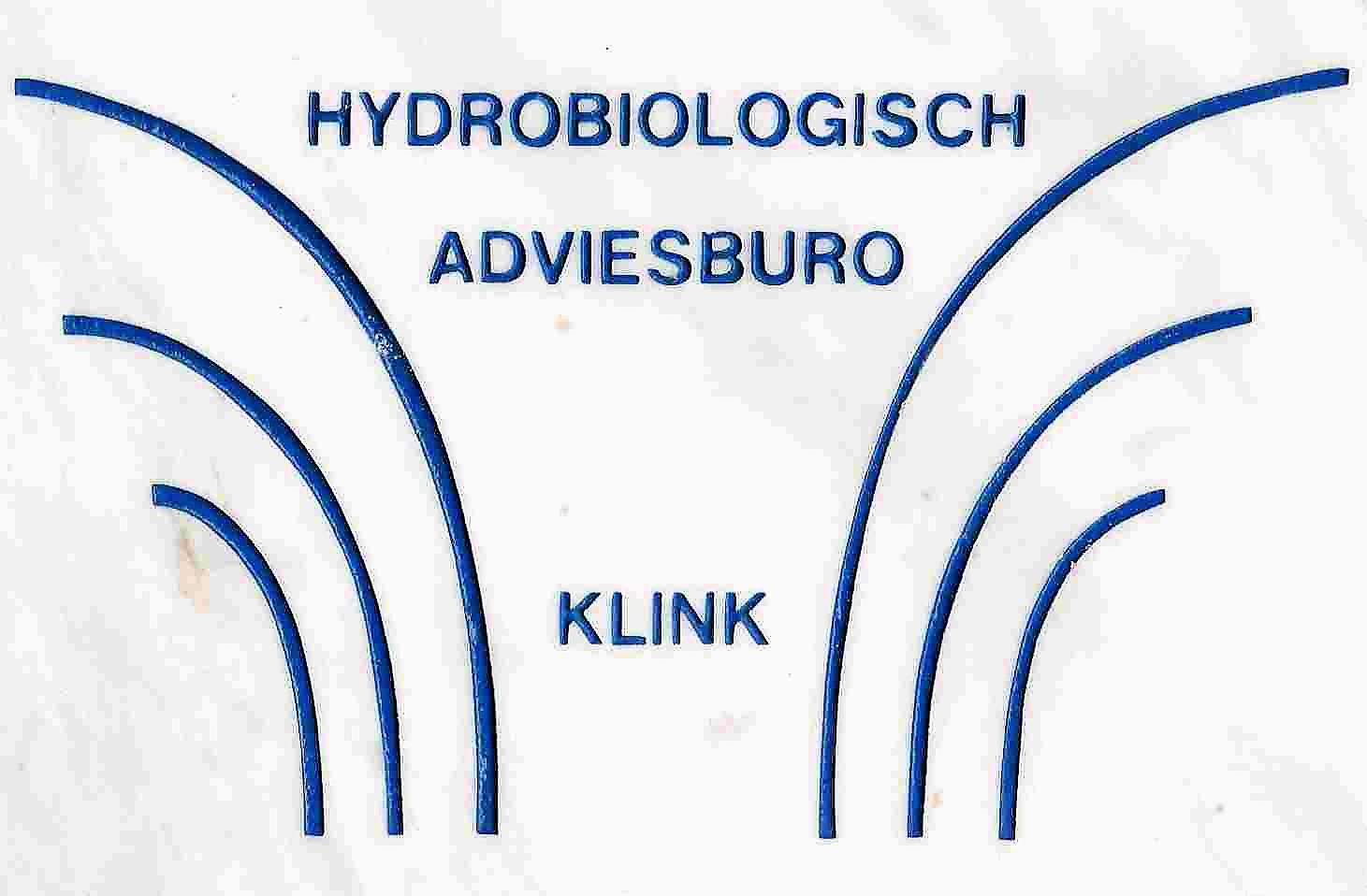Paleoecology and acidification has been successfully studied by means of diatom remains in sediment cores. Less well known is the analyses of desmids in sediment cores from poorly buffered lakes. In 1984 we took a sediment core from the “Groot Huisven” a moorland fen in the southern part of the Netherlands.
 Groot Huisven, an acidified moorland fen
Groot Huisven, an acidified moorland fen
The sediment core contained organic material from 19 cm deep upwards. Below 19 cm only drift-sand was found. From Pb 210 datings we know that the organic deposits were settled in the period 1932 – 1981. Desmid semicels were abundant in the upper 9 cm, comprising the period 1956 – 1981. The Iversen diagram shows a dramatic change in the species composition in just 25 years. 25 years in which corn replaced native cultures and manure from the intensive stock-breeding was and is applied in overdose on the cornfields. The NH4 in the manure is a strong acidificator when it is transformed to NO3.

Iversendiagram van de sieralgen in het groot Huisven. Onderste balk is 1956, de volgende 1965, dan 1974 en 1981.
The species composition of the desmids changed dramatically as shown by the Iversen diagram. From 1956 the number of species declined from 32 to 22 in 1981. Mesotrophic species like Cosmarium margaritiferum, C. monomazum, C. tetrophtalmum, C. undulatum, C. variolatum, Euastrum denticulatum, Pleurotaenium ehrenbergii and Staurastrum dilatatum have disappeared.

Cosmarium variolatum (West & West, British Desmidiaceae, vol. 2 (1905), plate 64, fig. 14a)

Staurastrum punctulatum (West & West, British Desmidiaceae, vol. 4 (1911), plate 127, fig. 9a)
A limited amount of species has its highest abundance around 1965 (Cosmarium quadrifarium, C. venustum and Pleurotaenium rectum), all species from oligotrophic water. Cosmarium nymannianum, C. subtrumidum and Euastrum crassum peaked in 1974. Also these species live in acidic and oligotrophic lakes. Eventually in the 1981 sediment the desmid community is dominated by Staurastrum punctulatum, an acidobiontic species, which is the counterpart the notorious diatom Eunotia exigua as indicator of severe acidification.
